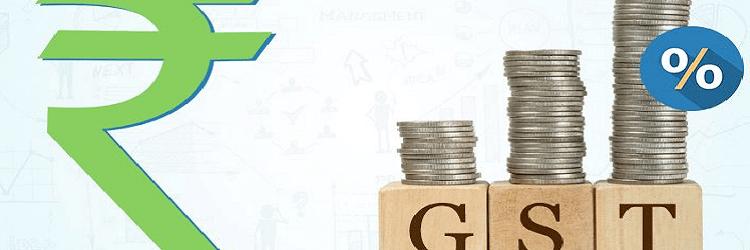
Anti-profiteering clause in GST India
The term “profiteering” means making unreasonably high profits in the course of ordinary trade or business. The government of India is committed to protecting consumers from profiteering during the implementation of the Goods and Services Tax (GST) regime. In its efforts to prevent profiteering and ensure the proper levy of GST in India, the government will incorporate an anti-profiteering clause.
Since goods and services are taxed at multiple stages of the supply chain, any change in tax structure or tax rates creates an opportunity to improve profit margins at each stage. Thus, the Indian government intends to take measures to ensure that benefits accrued due to the introduction of the indirect tax regime are duly shared with consumers in the form of reduced prices.
Under the anti-profiteering clause in GST (Section 163), the central government is authorized to examine whether input tax credits claimed by any registered taxable person result in a “commensurate reduction in the price” of goods and services sold by that person. The central government is authorized to impose penalties in the event such price reductions are not implemented. However, the law is not intended to quash all profits — it’s designed to protect consumers from undue exploitation.
Effects of anti-profiteering clause on industry
Introduction of GST is the biggest tax reform since independence. As GST will subsume all indirect taxes in one unified tax, it will create one market for the seamless flow of goods and services in India.
Exactly how the anti-profiteering clause will affect industry is unknown. It is said that its provisions will be applied rarely, but the anti-profiteering clause is already affecting industry enthusiasm. Could it impact the ease of doing business? If so, then what steps will the government take to prevent that from happening?
Wherever there is competition, market forces should prevent profiteering. Government agencies such as the Competition Commission of India (CCI) already regulate and monitor the smooth flow of competition in the market. Under the Anti-profiteering clause in GST, the government will quickly address complaints that have an adverse impact on competition and market forces. This will be introduced as a transitory provision in the initial stages of GST, to keep a watch on the industry, and will be withdrawn once the law is stabilized.
Need for the anti-profiteering clause
The motivation behind the anti-profiteering clause is to pass GST tax benefits on to the consumer in the form of lower prices. The government claims it is necessary for the following reasons:
- To observe the inflationary trends during the initial stages of GST introduction and to analyze and control its long-term effects
- To examine whether input tax credits or lower tax rates actually result in a commensurate reduction in price
- To set up an honest pricing policy, which will help to retain consumers in the GST regime
To successfully implement the anti-profiteering clause, there must be a logical comparison of the pre-GST and post-GST cost of each and every item.
Causes of unreasonably high profits
Without the anti-profiteering clause, unreasonably high profits could be caused by numerous factors, including, but not limited to:
- Supply and demand conditions
- Geographical and product markets
- Supplier’s cost
- Taxes other than GST
Savings from input credits, such as service tax credits for traders and CST paid on inter-state purchases, could also trigger exceptionally high profits.
Post-GST price variations due to additional input tax credits or reduced tax rates should not necessarily be viewed adversely. Under the new GST regime, there should be flexibility for determining profitability in percentage terms rather than absolute value.
Conclusion
Under the GST bill, it is mandatory to pass benefits resulting from a reduced tax rate or input tax credits on to the consumer in the form of a commensurate reduction in prices.
The anti-profiteering clause is intended to guarantee that any savings resulting from the efficient input credit chain and lower taxes actually reach final consumers. The motivation behind GST will be defeated if it benefits only the companies and not the final consumer.
In addition to input credits and tax rates, there are multiple ways for companies to increase efficiency and profits under GST. For example, the free flow of goods across states, without entry tax and with lower logistics cost, will increase the profit margin post-GST implementation and should not be considered as anti-profiteering. In such a scenario, companies can also recover the cost of GST implementation and earn higher profits after the break-even.
Avalara is an application service provider (ASP) partnering with licensed GST Suvidha Providers (GSPs). To understand how Avalara India GST can help you with GST compliance, contact us through https://www.avalara.com/in/products/gst-returns-filing.



